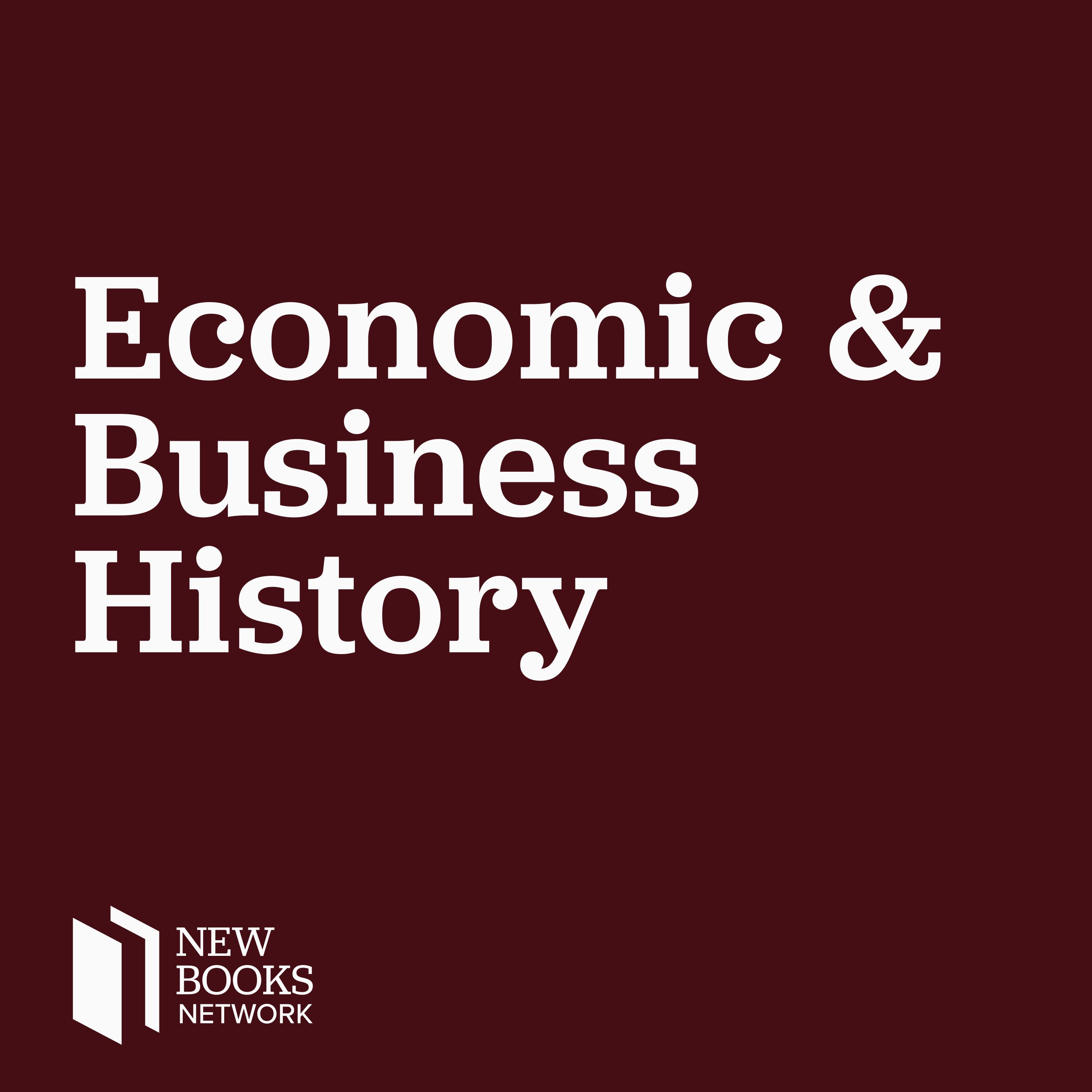
Jagjeet Lally, "India and the Silk Roads: The History of a Trading World" (Oxford UP, 2021)

New Books in Economic and Business History
Shownotes Transcript
When we think about modern trade, we tend to think about the sea: port cities and large ships carrying goods back and forth. It’s a story that tends to put Europe at the center, as the pinnacle of shipping and maritime technology.
Jagjeet Lally’s India and the Silk Roads: The History of a Trading World)* *(Hurst, 2021) corrects this narrative. For Jagjeet, the way we talk about globalization misses the continued land trade that happened throughout Central Asia, with India as a hub. Traders traveled through today’s India, Pakistan, Afghanistan and elsewhere, sharing commodities and goods, culture and information, under both Indian and British rulers.
In this interview, Jagjeet and I talk about the Indian caravan trade, and the routes traders took as they transported goods, cultures and ideas across Central Asia. We’ll also talk about what we miss in the way we talk about globalization in the present.
Jagjeet) is Associate Professor in the History of Early Modern and Modern India at University College London, where he is also Co-Director of the Centre for the Study of South Asia and the Indian Ocean World.
You can find more reviews, excerpts, interviews, and essays at The Asian Review of Books), including its review of India and the Silk Roads). Follow on Facebook) or on Twitter at @BookReviewsAsia).
Nicholas Gordon is an associate editor for a global magazine, and a reviewer for the Asian Review of Books. He can be found on Twitter at @nickrigordon).
Learn more about your ad choices. Visit megaphone.fm/adchoices)